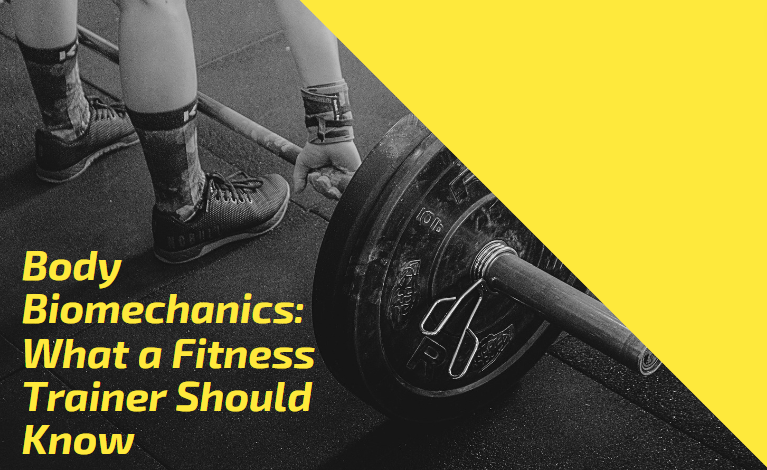Body Biomechanics: What a Fitness Trainer Should Know

Sport is an integral part of every person’s life. We go to the gym to keep fit, play our favourite sports games with friends, or make Senegal bets and watch our favourite sports matches. All this is united by biomechanics, the basis of sports.
Biomechanics is the science of human movements. Yes, our every movement is possible due to the work of complex internal mechanisms: bones, muscles, ligaments, and nerve endings. In fitness, biomechanics is the foundation of the basics. In this article, we will look at how it works and why it is so crucial for everyone professionally involved in sports or coaches others.
Fundamentals of Biomechanics in Fitness
How is body biomechanics related to fitness and sports? In the same way, geometry is related to engineering. This science is the cornerstone of the entire training process. Performing exercises with an understanding of the correct movement technique is effective and often dangerous to health.
In turn, coaches must be guided by their work’s “no harm” principle. Only start practising if you have mastered the theory of biomechanics yourself.
The Lever Principle is the Main Principle of Biomechanics
The movement of artificial machines is carried out thanks to all kinds of levers inside the structure. It’s the same with our body: inside it, there are hundreds of levers, represented by bones of different shapes, sizes, and densities. Leonardo da Vinci studied them, representing the human body as a complex mechanism.
To bring the lever into action, you need the influence of two forces:
- driving force (muscle traction),
- resistance force (gravity).
In the human body, levers are conventionally divided into two types:
- An equilibrium lever represents a lever of the first kind. It has a fulcrum, and forces are applied on different sides that can balance each other. The spinal column is the most obvious example of a lever of the first kind.
In front of him are the chest, abdominal cavity, and organs that tend downward under the influence of gravity. To support them, muscles on the other side of the spine contract and create resistance. Thanks to their work, a person stays upright.
- The second kind of lever, in turn, is divided into two types: the lever of speed and the lever of force.
There is a fulcrum in the speed lever. The driving force acts next to this fulcrum, and gravity — further away from it, which allows you to accelerate the movement of this lever significantly. Evolution has implemented most human levers with such a mechanism to make us fast and agile, able to escape, attack, and defend ourselves. But where there is a plus, there is also a minus — to use the speed lever, you need to spend a lot of energy.
The impact force and gravity are also located on the same side of the fulcrum in the lever of force. However, the driving force acts further from the fulcrum, and gravity acts closer. It takes less energy to move such a lever, but the speed will also be lower.
Why Is It Important for a Coach to Study the Biomechanics of the Body?
The modern sedentary lifestyle of a person, sedentary work, and fascination with gadgets (hello to the constant tilt of the head and neck into the phone) change the position of the spine and posture, provoking an imbalance throughout the body.
The task of a professional trainer who sets the goal of helping clients is to give workouts aimed primarily at body health and only secondarily at the beauty of the abs cubes. Building such only possible without fully understanding anatomy and biomechanical patterns is impossible.
Exercises designed to develop endurance, flexibility, coordination, and strength, combined with an understanding of functional anatomy and biomechanical patterns, allow a professional trainer to solve an overwhelming number of tasks in the shortest possible time.




